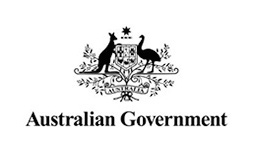Tinkering with toy CARs to improve immune cell signalling

To understand precisely how the T cell receptor operates to drive an immune response – or decide to remain at rest – Dr Jesse Goyette examines individual components of the T cell receptor to decipher their roles in T cell receptor signalling.
T cell receptors re-engineered by chopping and changing different parts of the signalling machinery are reintroduced into T cells, Jesse then uses super resolution microscopy techniques to observe how these T cells respond to antigen. Knowing what makes T cell receptors more sensitive, or work more efficiently, means the right adjustments can be made to improve signalling properties and enhance immune responses.
Modified immune receptors have already found utility in the clinic. Chimeric antigen receptors, or CARs, are immune receptors modified to specifically detect and destroy cancer cells and other targets. A new form of immunotherapy using CAR T cells appears to be effective in treating B cell lymphomas and other blood cancers.
“This is a way of redirecting the cell’s signalling machinery to a target that you want using a chimeric receptor that you could design and build,” says Jesse, who now jointly leads the Lymphocyte Signalling Group with Scientia Professor Katharina Gaus.
“The T cell receptor complex is quite modular, it seems really robust,” says Jesse.
Inspired by the CAR T cell system, Jesse, with his team at Single Molecule Science, is making modifications to other parts of the T cell receptor complex – inside the cells – to investigate the signalling machinery that initiates and transmits signals to either switch T cells on or not.
“As an experimental system, we can isolate different parts of the T cell receptor that may be important for signalling. I like to call them toy CARs,” Jesse says.
By tinkering with these toy CARs, researchers can learn how to make T cells work better.
Jesse joined UNSW Medicine’s Single Molecule Science in 2016, and has recently been promoted to group leader.

[Feature image: Microscopy image of T cells bearing chimeric antigen receptors; negative regulator, blue, a recruited signalling kinase, yellow]


